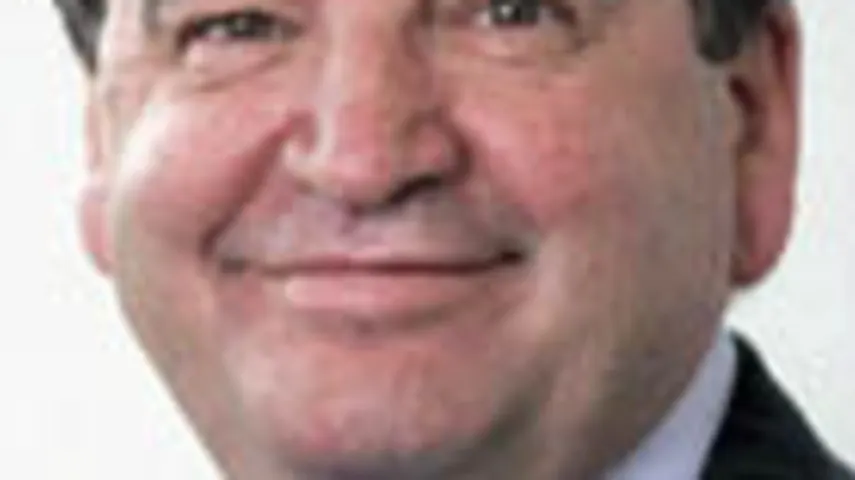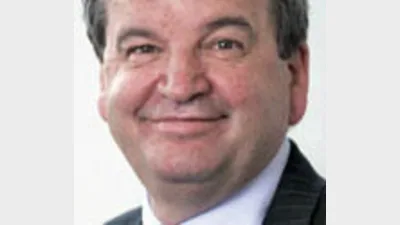ASIC chair blames flawed models



|
|
The chairman of the Australian Securities and Investments Commission, Tony D’Aloisio, has pointed to failed business models and the misguided use of products such as margin lending as key factors in recent collapses and near collapses in Australia.
What is more, he said that flawed business models were beyond the reach of the regulator.
In an address to the Securities and Derivatives Association, D’Aloisio said he believed a significant feature of the models that had been prominent in the collapses and near collapses was that they could only prosper if asset prices continually rose and debt markets remained open and liquid.
“That’s not to say the flawed models may not have been accompanied by wrongdoing (breaches of the Corporations Act),” he said.
“We are clearly looking and, in many cases, investigating possible wrongdoing.
“Nevertheless, to date, analysis of these collapses or near collapses is giving a strong sense that at the centre there will often be a flawed business model,” D’Aloisio said.
The ASIC chairman then went on to cite as an example the extensive use of margin loans with margin to value ratios that could not sustain the market downturn.
He said a good example was Storm Financial where “for example, margin lending was extended to a ‘whole balance sheet’ (ie, against all of an investor’s assets) with additional leverage against unrealised gains as the market rose.
The ASIC chairman also cited the extension of products used in the institutional sector into the retail sector, such as Opes Prime operating a securities lending business and the highly leveraged models utilised by Allco, and Babcock and Brown, which he said could not withhold the deficiency brought about by asset falls.
Recommended for you
A strong demand for core fixed income solutions has seen the Betashares Australian Composite Bond ETF surpass $1 billion in funds under management, driven by both advisers and investors.
As the end of the year approaches, two listed advice licensees have seen significant year-on-year improvement in their share price with only one firm reporting a loss since the start of 2025.
Having departed Magellan after more than 18 years, its former head of investment Gerald Stack has been appointed as chief executive of MFF Group.
With scalability becoming increasingly important for advice firms, a specialist consultant says organisational structure and strategic planning can be the biggest hurdles for those chasing growth.










